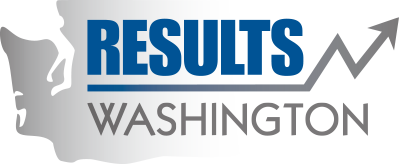Archived: Healthier food options being offered to low-income children and families through food pantries, farmers markets, and meal programs
One in five Washingtonians needed help putting food on the table last year and surveys indicate that 30% have special dietary needs. Numerous studies support the need for healthier diets to reduce the impacts of diabetes and obesity, as well as increase the prevention rate for these and related issues. Additionally, studies indicate that low-income people are disproportionately impacted by these health risks. By providing healthier food options to low-income families it will help build healthy communities, improve both short and long-term health outcomes, and reduce or prevent unmanageable health care costs. Whether food is purchased at the grocery store or a farmers market, received as meals from schools or shelters, or received from a food pantry, healthier food options should be made available.
At the moment we do not know how we are doing. While statewide data is collected on the amount of food being distributed through the emergency food system, we do not collect data on the “types” of food being distributed. This will change this summer when we begin gathering data at a statewide level to find out what percent of the food being distributed is considered healthier. We can then assess how we perform on this measurement yearly, but are exploring options for quarterly reporting.
The WSDA Food Assistance Programs plays a key role in ensuring healthier food options by:
- Providing $20.3 million in USDA foods along with state and federal funding to the emergency food system, that in-turn distributed more than 134 million pounds of food to people in need.
- Increasing partnerships with Washington State beef producers, dairy farmers and growers of all varieties of fruits and vegetables to ensure their products are part of the distributed food.Improving communication, efficiency, outreach and customer service, and building strong working relationships with emergency food system partners and stakeholders to better serve communities together.
- Donate healthier food options. You can find local food providers through links here: www.agr.wa.gov/FoodProg.
- Donate money so that your local food pantry or meal program can purchase what is needed.
- Share a healthy recipe that includes low-cost items.
- Donate your garden surplus.
- Support your local farmer so that they can continue to donate when they can. Here’s a link to help you find a farmers market in your area: www.wafarmersmarkets.com.
